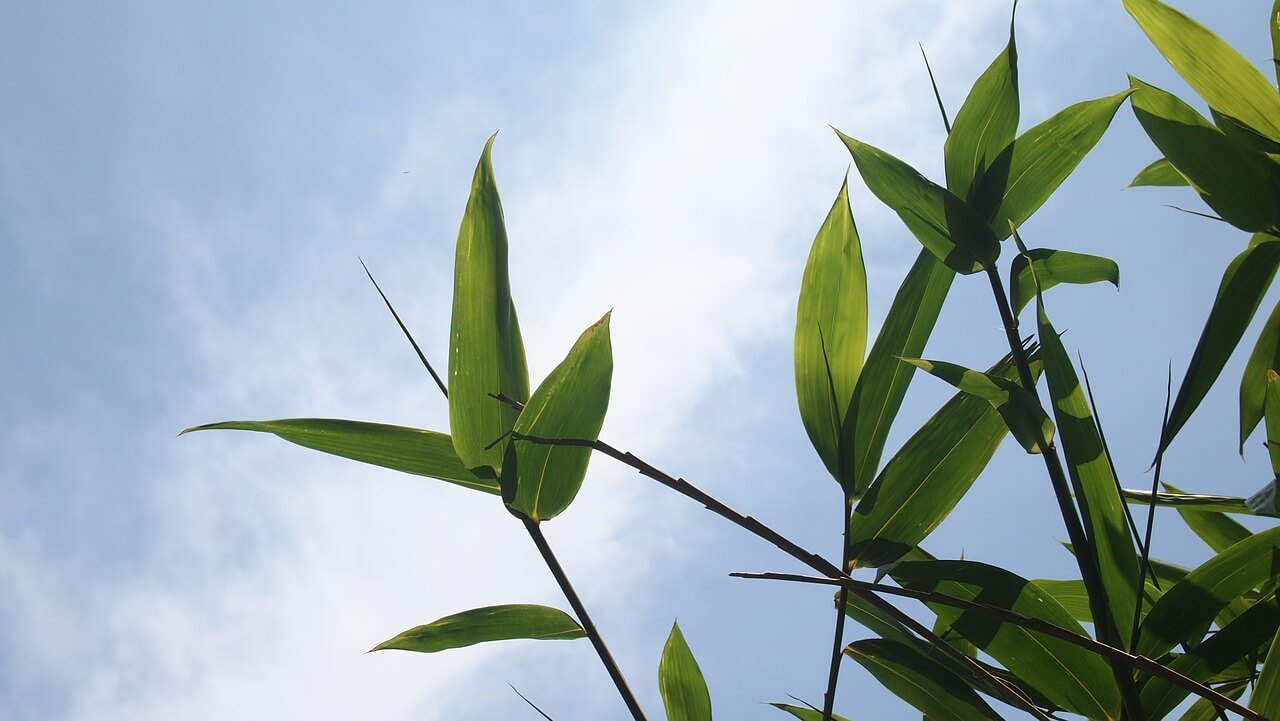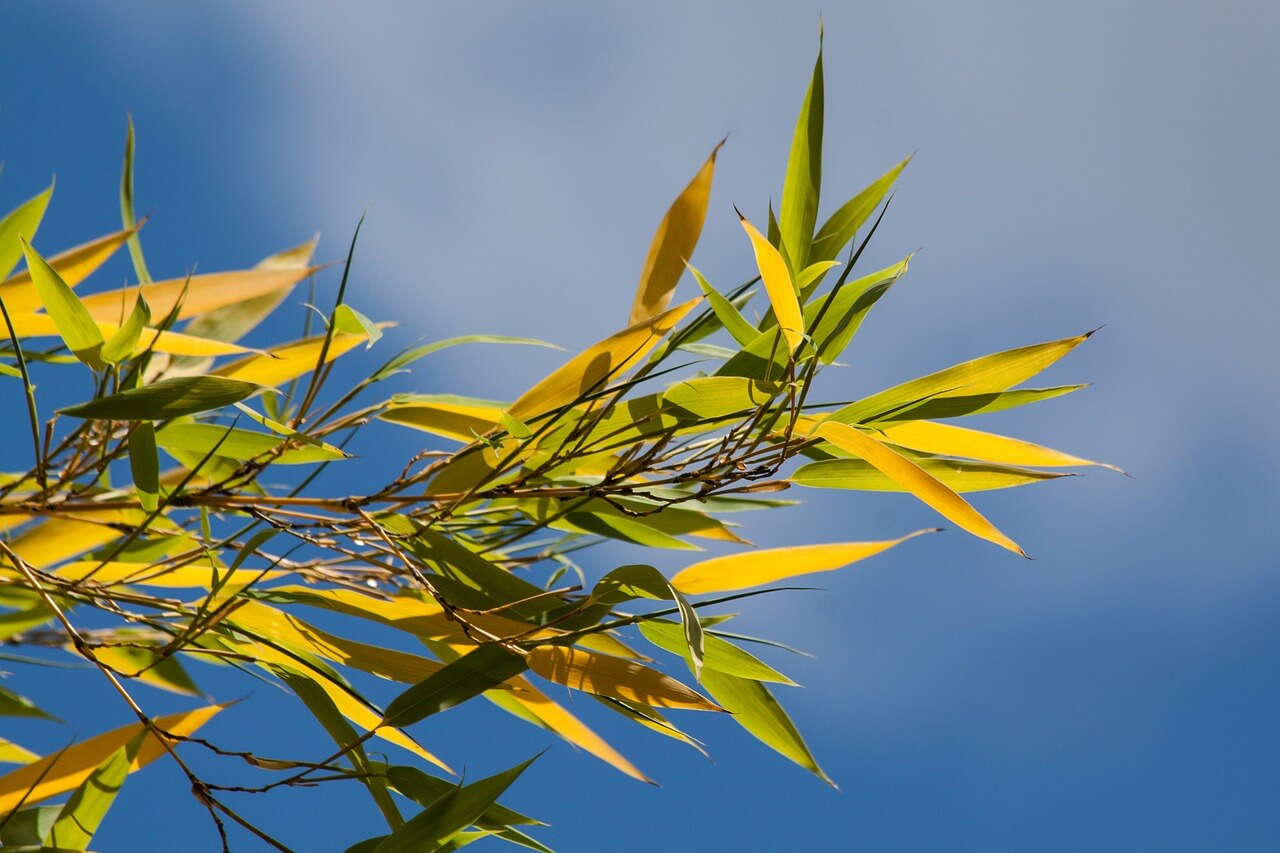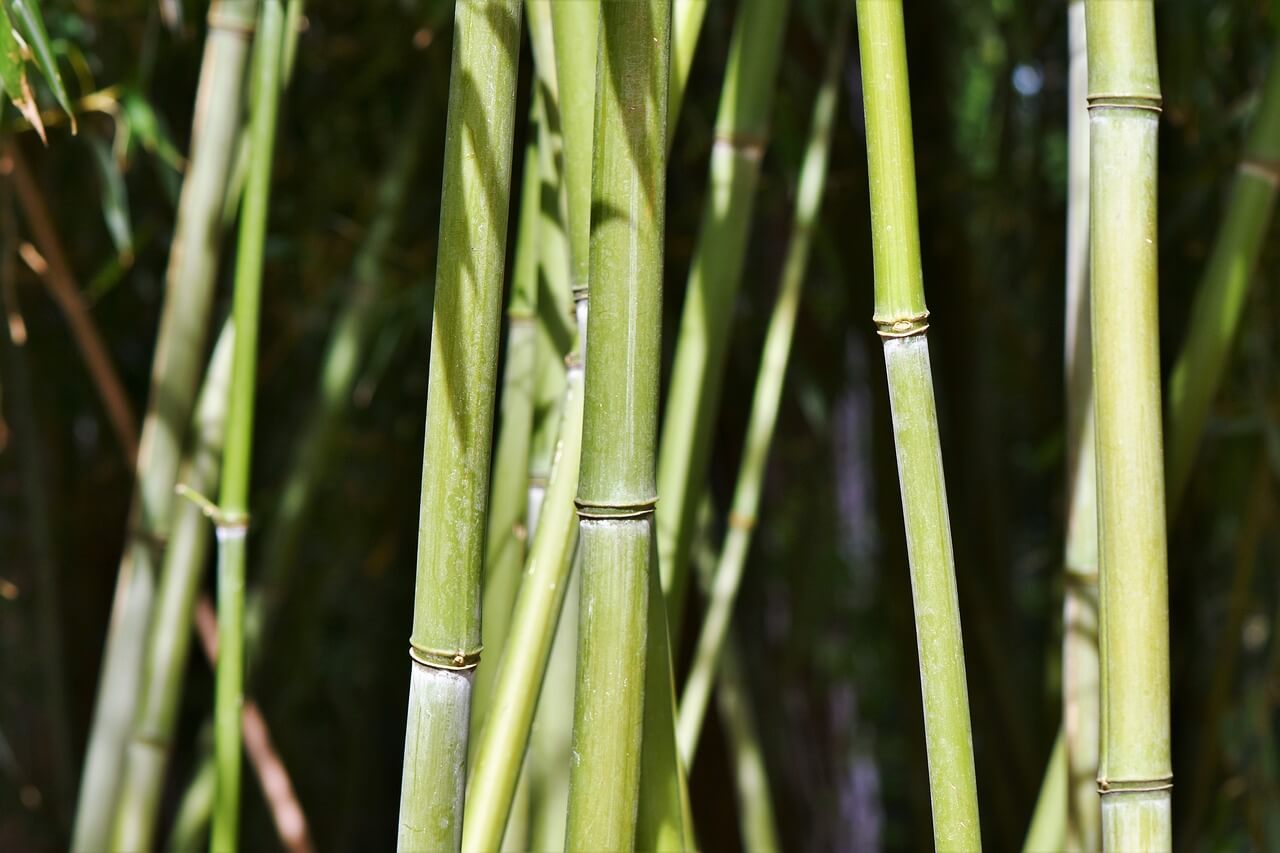Although not essential, pruning bamboo can improve the health and appearance of the plant and keep it under control. The best time of year to cut your bamboo is during late summer or fall, when the growing season is over. Trimming bamboo during the growing season can weaken the plant, making it harder for new culms to grow the following year. Let’s find out more about how to trim bamboo.
What You'll Learn Today
How to Prune Bamboo?

Each year bamboo puts out new growth. Old culms (canes or rods) never grow thicker or taller after their initial 60 days of the growing season. They will, however, continue to grow branches and leaves.
When young, bamboo culms are likely to be relatively thin and short, but as the plant matures, new culms grown will be thicker and taller in subsequent years.
Once the growing season for the year is over, you can cut out any old thin culms right from the base at ground level with a good pair of secateurs, garden lops, or a hand saw.
You’ll need to get down to the bottom of your plant for this, so find something soft to kneel on or a kitchen step to use as a seat.
Cut out the thin culms leaving only the thicker ones. This will thin the base of the plant. You can also cut away branches. Start by removing the first three and then cut off every other one to your chosen height until you have the desired effect.
Make sure you cut the culms off as low to the ground as possible, or they may become unsightly.
You can also cut away any growth spreading too far in front of the plant if you need to control how wide it is.
What is the Best Way to Trim Bamboo?

When trimming off branches, ensure the secateurs you use are sharp and make a clean cut just above a fork in the branch. This prevents a long section of the stem from dying back and looking unsightly and keeps it looking more natural.
Trimming every other branch or every two branches will help thin out the bamboo and help to keep it healthy by allowing in more light.
If your bamboo is very tall, you won’t need to use a ladder to trim it. Simply bend the branches over gently, and you can do it safely from the ground.
If you have lucky bamboo, a houseplant that grows quickly in water or soil is a hardy plant that thrives in reasonably low light conditions. Direct sunlight can be harmful to the plant and may turn the stem and leaves yellow.
You can save your lucky bamboo by cutting off a section that still has some green growth remaining.
Using a sharp knife or secateurs, make a clean diagonal cut and place the stem in some non-chlorinated water. Hold it upright by using pebbles or glass marbles, and the cutting will soon grow new roots giving you another plant.
Does Bamboo Regrow When Cut?
Bamboo grows new culms from the ground each year during the 60-day growing season. If you have cut an old bamboo culm, it won’t regrow, although it may produce more branches and leaves.
If you cut off the top of your bamboo, those culms will never grow any taller, only the new culms that grow will. For uniformity, you will need to cut these to match the others.
You can grow new bamboo plants from cuttings that you’ve taken from clumping bamboo. To do this, trim a branch off of a two or three-year-old culm two nodes above where the branch joins the culm.
Place in soil, covering the nodes and leaving the top sticking out of the earth. Keep the soil moist in a warm place with good light but not direct sun. New roots should start growing after six weeks or so.
Can You Trim the Height of Bamboo?
In this video, you can see how to correctly trim the height of your bamboo:
You can trim the height of your bamboo each year if you require. Bamboo looks most natural if left to attain its full size, but this isn’t always practical.
Try to find a bamboo type that grows to the height you want, that way, you won’t need to cut off the top of it.
To trim the height of your bamboo, bend the culm down gently until you can reach the top easily, and using a sharp pair of secateurs, garden lops, or a hand saw, cut the top off at the desired height just above a side branch. This helps prevent dieback.
Once you’ve removed the top, you can trim the side branches to look more natural. Again cut just above a branch for the best appearance.
Don’t cut off the top of newly grown culms before they have had a chance to leaf up. This can damage them or even kill them.
What do I do if My Bamboo is too Tall?

If your bamboo is too tall, you will need to reduce its height by cutting off the top as described above to attain a natural-looking appearance.
Some people like to trim their bamboo quite hard and shape it into a square or round-topped hedge. This will need to be maintained each year as new culms grow.
By nature, bamboo is a tall, frondy plant, and often it looks best if allowed to take its natural form.
Avoid buying running bamboo species if you need to keep your bamboo contained. Clumping varieties are easier to maintain control of.
Dwarf bamboos are available for smaller gardens or those where height restrictions may apply.
Conclusion
It is pretty simple to keep your bamboo looking good with an occasional trim. Having sharp tools that can cope with the hard stems of bamboo are essential if you are going to make the job easy.
The main thing to remember when trimming bamboo is that once you have cut off the top of a culm, it will never grow any taller.
Removing the old thin whippy growth from around the base of the plant along with some of the branches coming from the culms you wish to maintain will help keep your bamboo looking good and healthy.
If you’d like to find out more about bamboo, you’ll find more useful articles on our site. Here is our guide to germinating bamboo seeds.